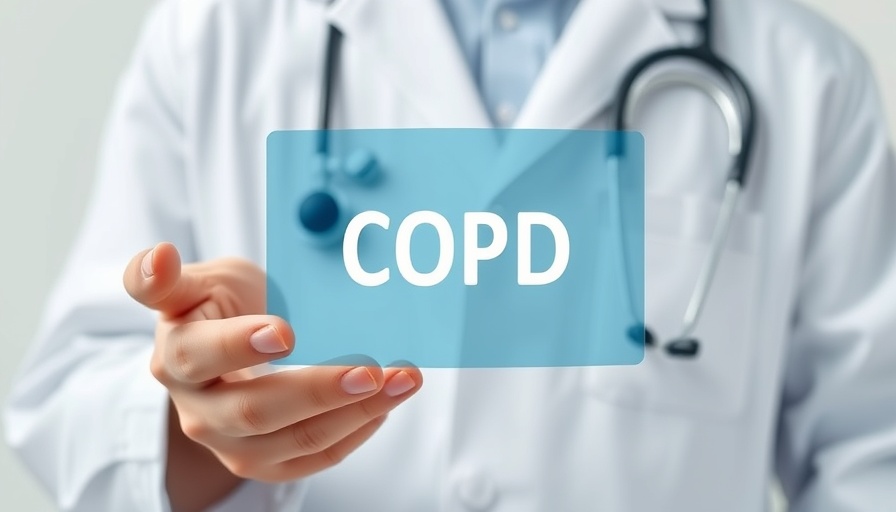
Connecting Thrombocytopenia with Serious Breathing Disorders
A recent study published in Cureus sheds new light on the relationship between thrombocytopenia—a condition characterized by low platelet counts—and the outcomes of patients hospitalized with pneumonia (PNA), asthma, and chronic obstructive pulmonary disease (COPD). This research uncovers troubling implications, revealing that individuals suffering from thrombocytopenia during hospitalization experience significantly worse outcomes compared to those without this condition. The implications of these findings are crucial in shaping patient care strategies for respiratory diseases.
Understanding the Role of Thrombocytopenia
Thrombocytopenia, although not uncommon in hospitalized patients, has often been overlooked in the context of respiratory illnesses. The Cureus study utilized data from the National Inpatient Sample Database, covering the period from 2016 to 2020 and including adults hospitalized primarily due to PNA, COPD, or asthma. The researchers discovered that patients with a secondary diagnosis of thrombocytopenia exhibited increased mortality rates, longer hospital stays, and greater resource utilization, highlighting the need for healthcare providers to monitor platelet levels actively during respiratory disease treatment.
Why Does Thrombocytopenia Matter?
The findings are particularly worrying, as they reveal that patients with respiratory diseases already at risk of severe conditions have an added layer of vulnerability when they also develop thrombocytopenia. This condition can complicate the management of respiratory infections and exacerbate the severity of symptoms, resulting in a more prolonged recovery period. With an aging population facing an increasing incidence of respiratory ailments, understanding the interplay between these conditions is more important than ever.
Actionable Insights for Healthcare Professionals
These revelations urge healthcare providers to recognize and address thrombocytopenia as part of their treatment strategies for pneumonia, COPD, and asthma. Timely interventions not only improve patient outcomes but could also reduce the overall burden on healthcare systems. Medical professionals should be aware of the potential complications arising from thrombocytopenia and incorporate regular monitoring of platelet counts to ensure timely management of respiratory disorders.
Future Directions in Research
While this study has laid the groundwork for understanding the implications of thrombocytopenia on respiratory disease outcomes, further research is essential. Future studies should delve deeper into how other underlying conditions contribute to these complications. Additionally, clinical trials focusing on targeted treatments for thrombocytopenia in respiratory patients could help delineate best practices for managing these comorbidities efficiently.
Concluding Thoughts
The link between thrombocytopenia and worse outcomes in patients with pneumonia, COPD, and asthma presents a critical area of focus for healthcare providers. As we move forward, integrating awareness of thrombocytopenia into treatment protocols can enhance patient care and potentially save lives. This analysis invites healthcare professionals to reevaluate their approach to monitoring and treating respiratory diseases, paving the way for improved patient outcomes in the future.
If you are a healthcare professional or a patient interested in understanding how to manage these conditions more effectively, it is important to stay informed about the latest research findings and integrate these insights into practical applications.
 Add Row
Add Row  Add
Add 




Write A Comment